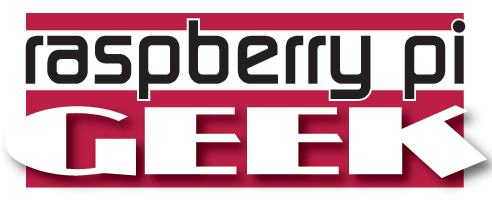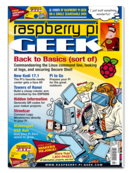TFT touchscreens for the Raspberry Pi
One of the best features of the Rasp Pi is its graphics performance. Because of hardware acceleration, the Rasp Pi has gained areas of application that even much higher performance systems do not usually have. Not only is the graphical output good, but the small computer can silently work on its own as a headless server or control system.
Headless servers and control systems do not actually need a display screen. Sometimes, however, you might want to take a quick look at the current status or do a clean shutdown. These tasks can be performed remotely via SSH or a smartphone app, but they are easier to accomplish when a touchscreen has been connected. Likewise, other operations can benefit from real-life controls and the direct reporting of activities to the user.
A broad offering of touchscreens has become available for the Rasp Pi even for users who know nothing about soldering. For those who prefer a larger screen for something like a small jukebox, there is a 7-inch screen or larger. However, these screens usually need an additional board and their own power supply. Therefore, in this article, I focus on two smaller thin-film transistor (TFT) screens with a 2.8-inch format.
[...]
Buy this article as PDF
Pages: 6
(incl. VAT)







